For the full version adapted with multimedia click here
When Tarah Pawloski moved to Hamden in 2017, she wanted to find the best school for her two young children. She hoped to send her kids to a place with diversity, both racially and socio-economically.
“I went to a high school that was all white and I can tell you the only thing that really came out of that was a sense of superiority that disconnects from people from other races and also other socio-economic backgrounds,” Pawloski said. “I wanted there to be more for my children.”
Fast forward two years when Hamden Public Schools were officially labeled as segregated.
Connecticut’s racial balance law, which requires that each public school be within 25% of the district’s overall racial demographic, was made to prevent districts from putting minorities and students of color into certain schools, all while having more white students in other schools.
The Connecticut Board of Education ruled that three schools within the Hamden school district had unequal and unbalanced racial discrepancy. For instance, Church Street School was labeled “imbalanced” for having too many non-white students five times since the 2010-11 school year.
In the months that followed, the district has had to reimagine how it views the school’s quotas around race and status. Through housing and busing, the schools’ racial balance went through a major retool — at least on paper.
“(The Board of Education) looked at creating interdistrict magnet schools … thinking that would desegregate folks,” Pawloski said. “Then they were going to move sixth graders (to the middle school). They were going to create universal pre-K, like all of these ideas keep happening, but they didn’t really go anywhere.”
At one point, Black and hispanic students made up 16 of 20 students in the Church Street School population. Over a decade ago, the Connecticut Board of Education was going to ask the state legislature to amend the segregation restrictions, which was written before urban areas became populated with ethnic minorities. Nothing was completed.
In 2023, these issues still remain.
People still live in a segregated manner
Walter Morton, Hamden Board of Education member
It all begins with how the town’s neighborhoods are racially divided.
“We’re well aware that our schools (being) segregated is a reflection of our community, people still live in a segregated manner in town,” said Walter Morton, a member of the Hamden Public Schools Board of Education (BOE). “It’s not surprising that you’ve got some schools where there’s a ton of white kids and no minorities, and some schools that are all minorities, but very little white kids.”
Hamden is the 13th-largest town in Connecticut by population (the most recent census recorded over 60,000 residents) and this is reflected in the school district’s size. There are 10 elementary and middle schools — plenty of options to send your child — but that’s just the problem.
“Our elementary schools are segregated because our neighborhoods are segregated,” Pawloski said. “There’s a couple schools in southern Hamden that (are) like 80% of the students there are Black or Latinx. Then you have schools … (that) are 80% white.”
Redlining, a popular political strategy in the late 20th century, gave lawmakers the ability to essentially segregate areas of a city by creating boundaries encompassing neighborhoods with certain demographic factors.
That has led to majority Black areas, where residents live together, work together and attend school together.
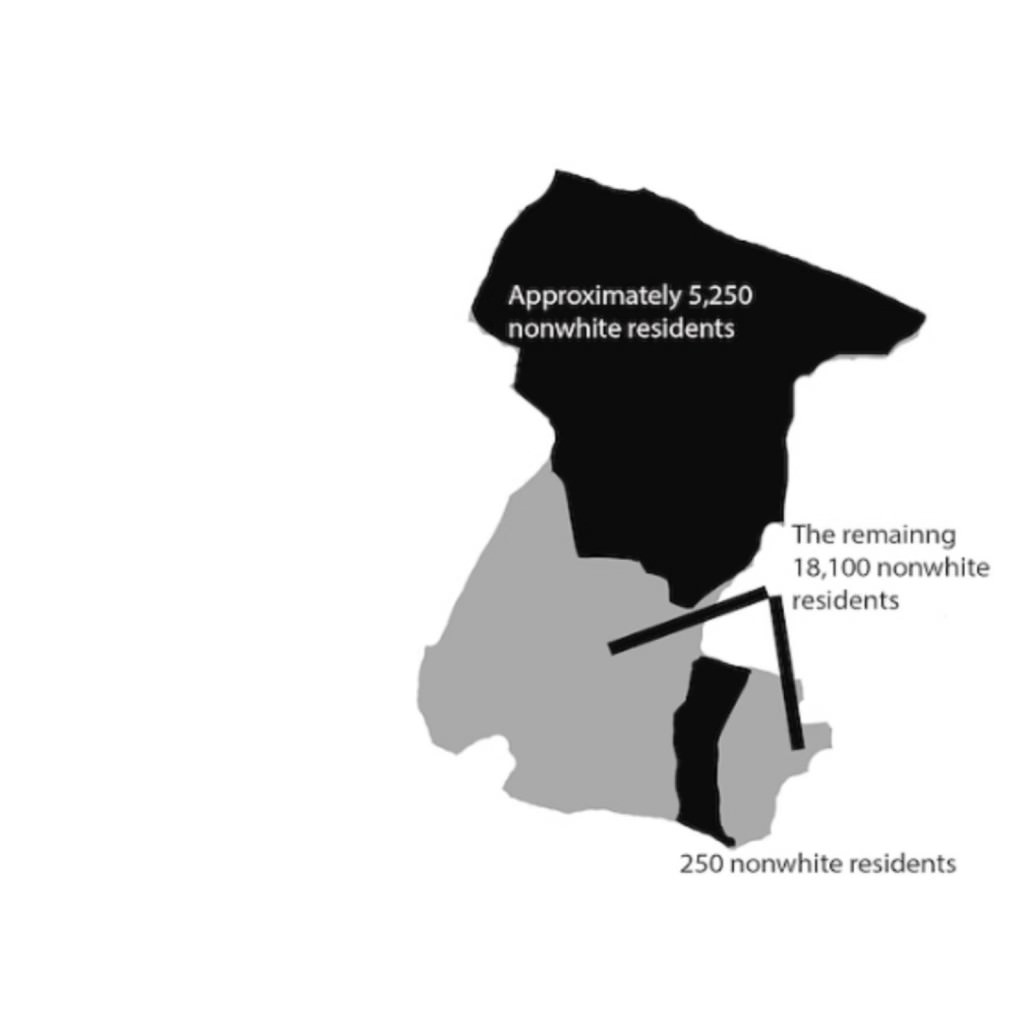
“However we decide to racially rebalance our schools has to really come to an understanding and commitment that we are dealing with the legacy of redlining,” said Hamden District 3 Councilman Abdul-Razak Osmanu. “Residential segregation that we can only really fix if we’re looking at new age, creative ideas of how we can really reintegrate our communities.”
The school district was aware of the imbalance, stating that “we know that our schools were not ‘racially balanced’ according to the State of Connecticut formula.”
So the reshuffling of school districts began. The town implemented the “three R’s,” a multi-step plan to assess the current racial balance baseline and progress following the initial rulings.
“It was ‘retool, reimagining and restructuring,’ is what it stood for,” Morton said. “That was the Board’s … plan to radically change how we do education in Hamden.”
That significant change, which would have opened up magnet schools across town, didn’t come to fruition. Was it a lack of motivation from the elected officials? Morton thinks so.
“They didn’t like it anymore and I found that was interesting,” Morton said. “There were a lot of people, a good number of folks who were involved in that process.”
The “three-R” program has remained dormant since Lauren Garrett took over as Hamden’s mayor in November 2021. Through a new political structure — and a global pandemic — those improvements still remain unrealized.
“I don’t control what the Board of Education does,” Garrett said. “The town provides the money for our schools and they have to work within their allocation. I certainly want to be a partner in the work that needs to get done in our schools, but the work is up to the Board of Education and the school administration.”
It’s not well done at all
Lauren Garrett, Hamden mayor
In the 2017-18 school year, the district announced that it would begin to “focus work on equity and diversity issues within Hamden,” according to the school district’s website.
So five years removed, has the district’s segregation improved?
“There’s nothing to grade because we didn’t do anything,” Morton said. “There were some early steps in starting it … but everything got delayed with COVID.”
The COVID-19 pandemic grinded Hamden’s progress to a halt in 2020. Almost a year later, Garrett was elected the town’s mayor. Those two events put Hamden’s focus on other important issues, deprioritizing the segregation issue.
However, ahead of this current school year, a budget was set in place to redistrict some of the schools, including Church Street.
“Part of the budget that we worked on for this school year of ‘23-24 was to provide additional funding, so that (the Board of Education) could do the work of redistricting the schools,” Garrett said. “Hamden Public Schools have contracted with DMG, which is District Management Group, and they actually just put out a report.”
That report — found on the town of Hamden’s website — suggests that DMG hopes to create “a shared understanding of the district’s needs, challenges, and strengths that intersect with the demographic composition of the district as a launch for the planning process” as well as “develop actionable opportunities for the district to navigate decisions to better support students, staff, and families while racially balancing schools.”
With the BOE’s initial classifications of segregation in the rearview mirror, Hamden responded. The town created the Hamden Diversity Advisory Council (HDAC) to help mend this process.
The HDAC’s charter is to help balance the racial discrepancies throughout the town’s schools, but that too was a struggle.
“(The Board of Education) requires the town to put a plan together to racially balance our schools,” Pawloski said. “From what I was told, as long as we have a plan, they’re gonna leave us alone. So we keep coming up with plans to do it, but nobody is actually executing on a plan.”
A plan was — temporarily — in place. The Connecticut State Department of Education’s 2018-2019 District Profile reports that, of the “569 Hamden teachers, 89.5% are white and only 10.5% are non-white. Of the 10.5%, 4.7% are Black, 3.2% are Hispanic/Latino, 2.3% are Asian, and 0.2% are American Indian/Alaskan Native,” according to the HDAC’s 2020 executive summary.
“I’m from around southern Hamden, where I went to Church Street School and if I can recall in my graduating class, we had definitely less than 10 white kids,” Osmanu said. “Then you had other schools like Bear Path … The funny thing for me about it, is that our town is so diverse, but our elementary schools are highly segregated.”
A 2019 report from the BOE stated that Church Street School needed to be desegregated, despite being located in an area of Hamden that is predominantly non-white students. Ninety-six percent of students enrolled at the time of the initial report were Black or Hispanic students.
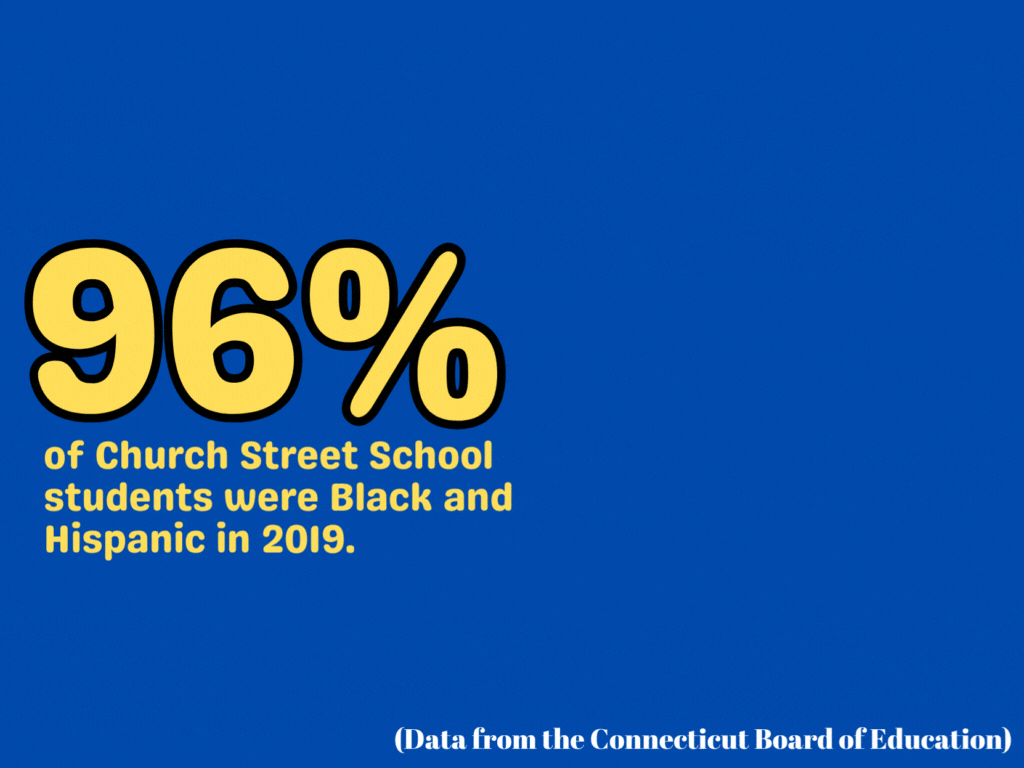
“The way that the state Department of Education breaks it down, it’s not well done at all,” Garrett admitted.
Although more than 20 school districts in Connecticut have been labeled as racially imbalanced, these issues extend well beyond the state’s borders.
Schools are more segregated now
David Parry, Ph.D. – Saint Joseph’s University
It’s been almost 70 years since the outcome of Brown v. Board of Education. The 1954 Supreme Court ruling declared that the separation of public school students based on race was unconstitutional. Yet schools in Connecticut — and across the United States — remain segregated.
David Parry, who has a doctorate degree in communications and mass studies, teaches a course on this issue at St. Joseph’s University in Philadelphia.
“The schools you went to for public education are more segregated than the schools I went to,” Parry said. “We’ve actually become more segregated in the last 20 years, not less segregated.”
As an elected school official for the town of Lancaster, Pennsylvania, Parry has first-hand experience of what segregation does for urban towns. For Hamden, more than half of the town’s enrolled students are non-white, as of 2022.
“Our district is an urban district … it’s like 90% free or reduced lunch,” Parry said. “We were one of the districts … with the fair funding lawsuits. Across many states, districts are underfunded and the poor districts tend to be underfunded more.”
The reasons for the increased school segregation results more from neighborhood diversity, not with racism. For Parry, it’s a fixable problem that no one wants to tackle.
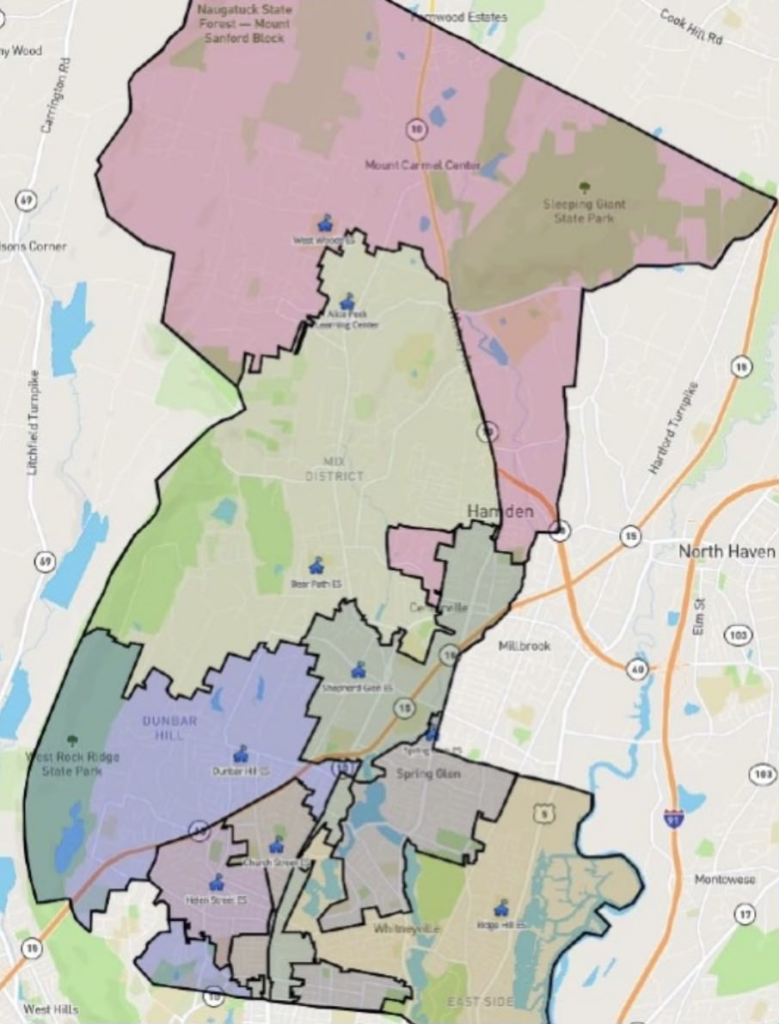
“I think it’s something we’ve given up on, not something that we’ve sunk ourselves into,” Parry said. “We just sort of gave up on it, we just decided that we were okay with de facto segregation.”
The difference between de facto segregation (the acceptance of racially diverse populations living separately) and de jure segregation (banning certain races from schools) isn’t that drastic, yet it hasn’t stopped those living in Hamden from staying together with similar people.
“I think that really stems from the idea of neighborhood schools, which are a really great idea, but at the same time, if you’re really thinking about this practically, the idea of neighborhood schools sounding like a really pleasant idea stemmed from from the history and legacy of de facto and de jure segregation,” Osmanu said. “If we’re really looking to address the whole entirety of the problem, it really has to be approached from a serious point of honesty.”
We have to do something
Tarah Pawloski, Hamden resident
For Pawloski, she didn’t just sit and wait for the issue to resolve itself. She acted.
“We got connected to this national organization called Integrated Schools, it’s a nonprofit (that’s) basically a community connecting folks that are all doing similar work,” Pawloski said. “We started a chapter here in Hamden, because it gives us access to resources and tools, and a community that … we can consult with as we do this work. “
Integrated Schools, described as preparing “families with racial or economic privilege to commit to integrating our children, driving new narratives about education, and advocating for justice in our public schools,” is a nationwide company that helps school districts like Hamden find information and data to further improve the schools’ diversity.
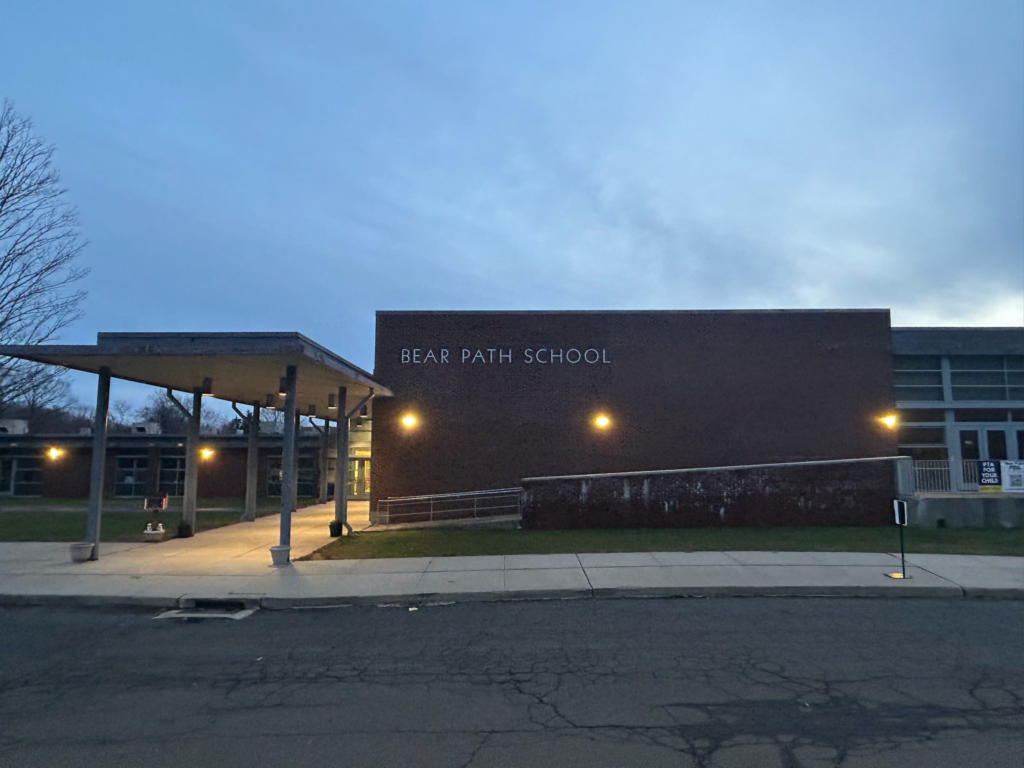
“Having parents and community members buy into that sort of integrated school system, where we don’t just say, ‘Let’s just let the suburbs fund our rich schools and give up on the schools in the poor neighborhoods,’” Parry said. “From a poor student’s perspective – or the minorities perspective – they’re increasingly going to schools that are under-resourced … but just giving those schools more resources doesn’t actually fix the problem either. We need complex solutions.”
Giving resources to Hamden would work, but that won’t end the consistent problems in place.
“There is no version of the solution to rebalancing our schools that is clean and doesn’t garner any sort of conflict,” Osmanu said. “We are dealing with systems that have created disparate outcomes and changing those are never easy.”
Those solutions may be hard to come by. Regardless of what the solution ultimately becomes, the town acknowledges that change is needed.
“I don’t know what the solution is, but we have to do something because our neighborhoods are segregated, but we can’t wait for our neighborhoods to become desegregated,” Pawloski said. “That’ll take years. We don’t have that much time. We have to do something.”

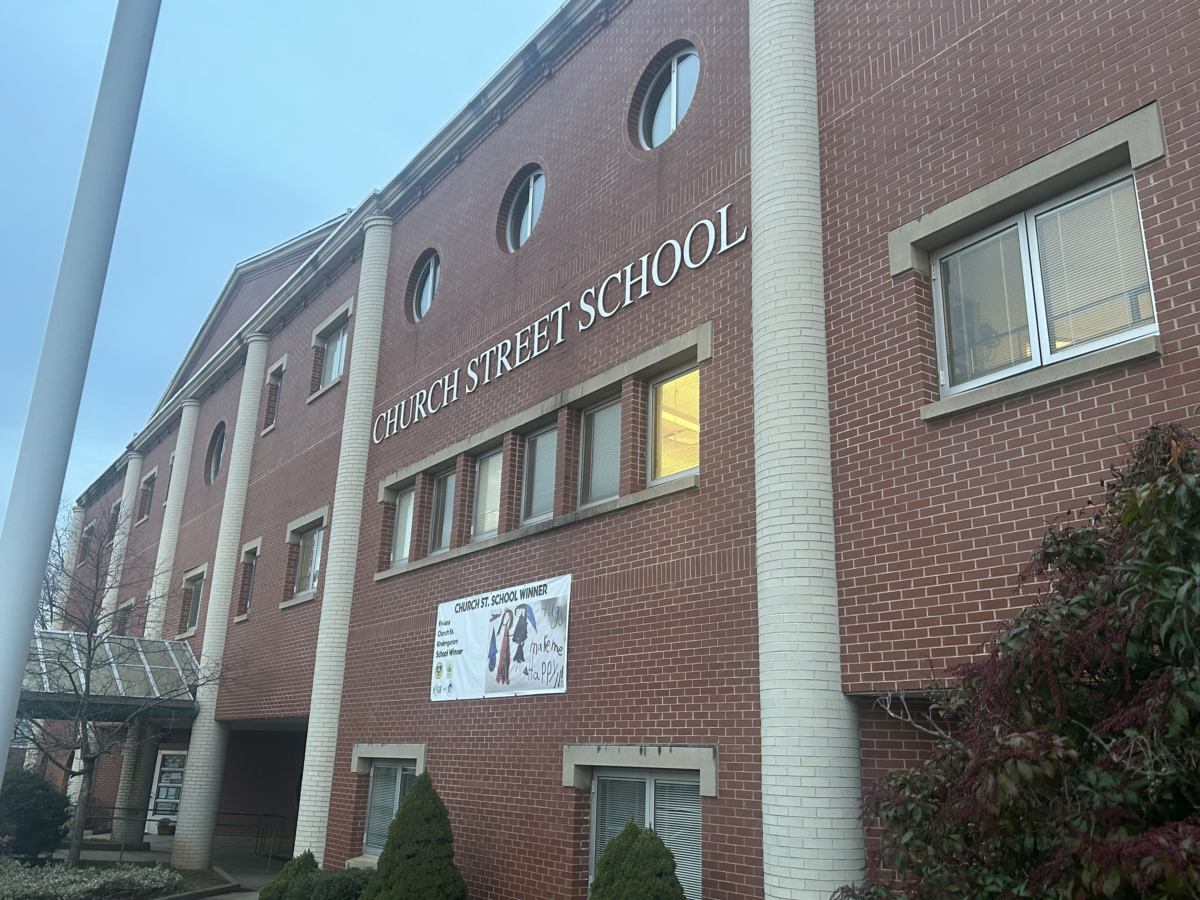
One reply on “Hamden Public Schools and segregated classrooms, five years later”
I live in Hamden but teach in New Haven and although my neighborhood is diverse people are not friendly and inviting. So it’s hard to commit to Hamden because race us an issue!